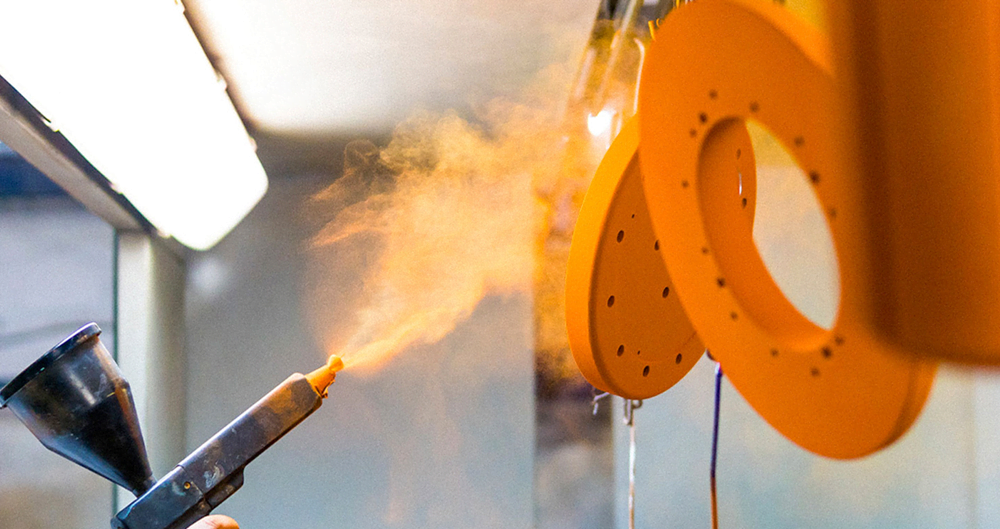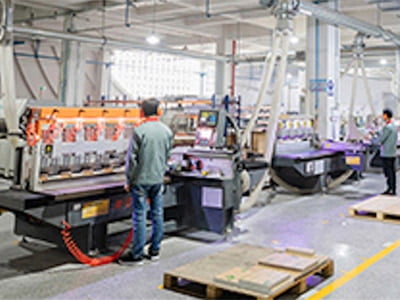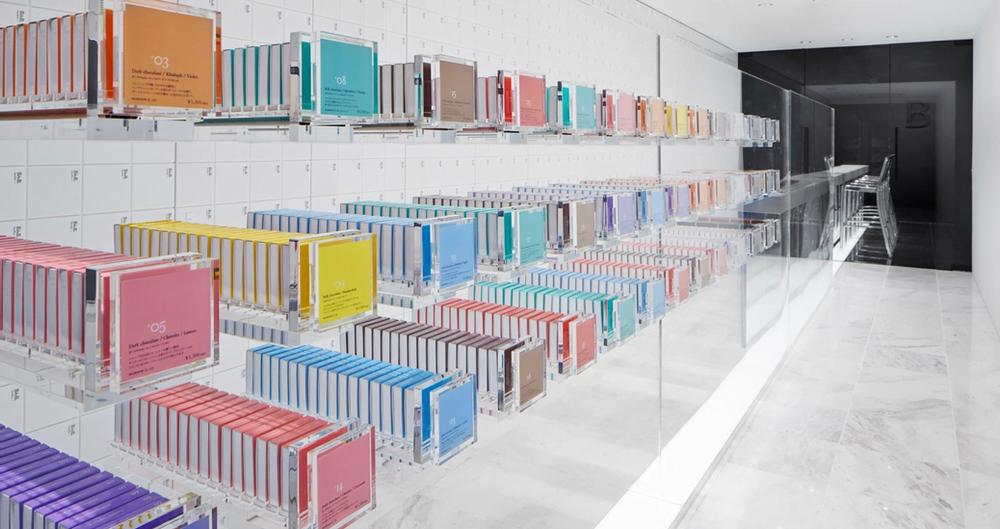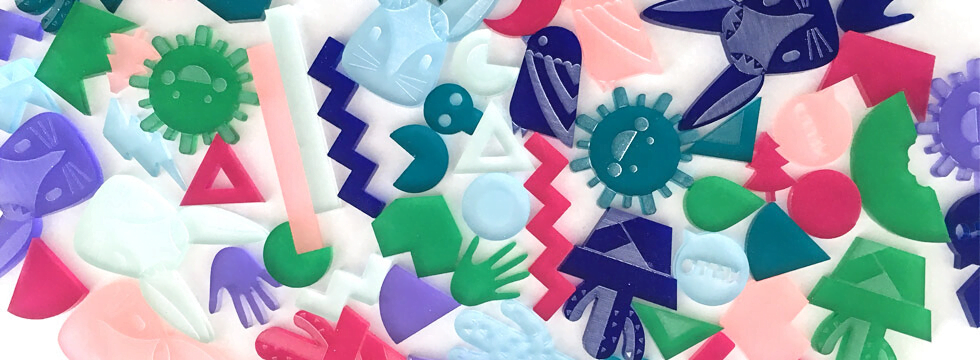Image: A premium watch display with layered materials and lighting elements
Table of Contents
In retail, first impressions don’t just matter — they define whether a product gets noticed or ignored. You’ve poured months into developing a beautiful product. But if the counter display falls flat, your brand impact does too.
Many luxury brands struggle to bridge the gap between concept and execution. Designs get lost in translation, timelines slip, and the display doesn’t reflect the brand’s level. The result? Missed sales, inconsistent brand image, and wasted budget.
The good news: when display strategy is built from the start — with smart design, experienced sourcing, and precise delivery — your counter becomes a brand amplifier, not a risk.
To design, source, and deliver effective custom counter displays for luxury brands, you need to align brand identity with material choices, prototype quickly, select the right supplier with end-to-end capabilities, and plan globally scalable logistics with protective packaging and fast setup.
Ready to see how it’s done? In this guide, we’ll walk you through the 7 essential steps — complete with use cases, insider tips, and what top brands are doing right now.
[Claim] A great display isn’t just packaging. It’s storytelling, merchandising, and brand expression — all in one footprint.
1. How do you make your product stand out with a custom counter display?
Your counter display isn’t just functional — it’s the brand’s silent ambassador at the moment of decision.
- Brand Alignment: Use your iconic colors, logos, and textures that customers already associate with your identity.
- Multi-Sensory Engagement: Add LED lighting, velvet or textured finishes, and motion elements to stand out.
- Architectural Impact: Explore non-standard structures — step layers, magnetic modules, rotating bases.
📎 Samtop Example: We designed a rotating acrylic + brushed metal glorifier for a Swiss watch brand. Result: +37% in-store conversions within 2 months.
2. What materials are used for countertop displays?
Your material selection speaks before the customer reads a word.
- Luxury Finish: Use marble, stainless steel, high-gloss resin, fiberglass, or polished acrylic.
- Eco-Conscious Brands: Go for FSC-certified wood, water-based paints, paperboard, or biodegradable foam.
- Durability Needs: Combine powder-coated metals with acrylic or composites for visual impact and long-term wear.
🛠️ Pro Tip: We often use hybrid materials (metal base + acrylic top) to balance cost, luxury, and resilience.
3. Why are custom displays important in retail?
Because retail space is visual warfare. You win by standing out, not fitting in.
- 71% of in-store purchases are influenced by on-site displays.
(Source: Retail TouchPoints, 2023) - Custom displays support campaigns, launches, and hero SKU storytelling.
- They’re tailored to product scale — minimizing clutter and maximizing presence.
🧠 Think of your counter as high-rent real estate. Custom displays make every centimeter work harder.
4. How do I design an effective point-of-sale display?
Form should follow function — but never forget emotion.
- Functional Layout: Place hero SKUs at eye level, bundle items within reach.
- Emotional Triggers: Use phrases like “Limited Edition”, “Just Launched”, or “For Him” with high-contrast type.
- Operational Simplicity: Keep structure modular, with tool-free parts and clear install guides.
💡 We helped a Japanese department store reduce setup time by 50% using QR-linked snap-fit acrylic displays with messaging cards.
5. How to choose a reliable supplier for custom display units?
A great supplier doesn’t just make — they understand brand integrity, timelines, and materials.
Checklist:
- ✔️ In-house engineering & prototyping
- ✔️ Certifications: FSC, ISO14001, SA8000
- ✔️ End-to-end services: Concept → Sampling → Mass Production
- ✔️ Drop shipping support for global rollouts
- ✔️ Dedicated project manager for every client
🌍 Samtop has served clients like Dior and Fendi, handling display rollout across 26+ countries.
6. What should be considered in the sourcing and delivery process?
Great design fails if delivery falters.
- Sampling Lead Time: Aim for 10–14 days for sample approval
- Production Timeline: 3–5 weeks standard
- Transit Planning: Air/Sea/Courier depending on budget and deadline
- Packaging: Include anti-scratch layers, custom inserts, waterproof cartons
🚚 We delivered 1,200 perfume displays across Europe in 26 days — ready to shelf, with customs paperwork included.
7. How to ensure eco-friendly and brand-compliant retail displays?
Sustainability is no longer a bonus — it’s a requirement for modern brands.
- Materials: Use recyclable foam, FSC board, water-based ink, biodegradable adhesives
- Production: Apply lean methods and avoid overproduction
- Packaging: Eliminate single-use plastics. Use paper-based taping, molded pulp inserts.
🌱 A European beauty client reduced packaging waste by 45% after switching to our FSC-certified display series.
Conclusion:
Designing and delivering luxury-grade counter displays requires more than creativity. It takes operational insight, brand empathy, and a reliable team. From materials to logistics, Samtop supports you across the entire journey — making sure your display is as memorable as your product.
📘 Related Resources
📩 Ready to upgrade your counter displays?
Contact Yan Luo | [email protected]
🌐 Visit www.samtop.com




